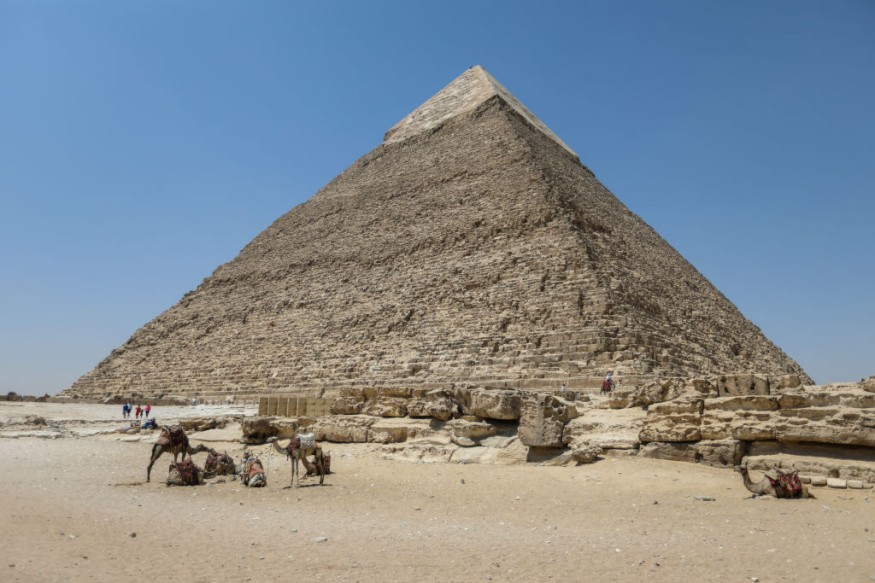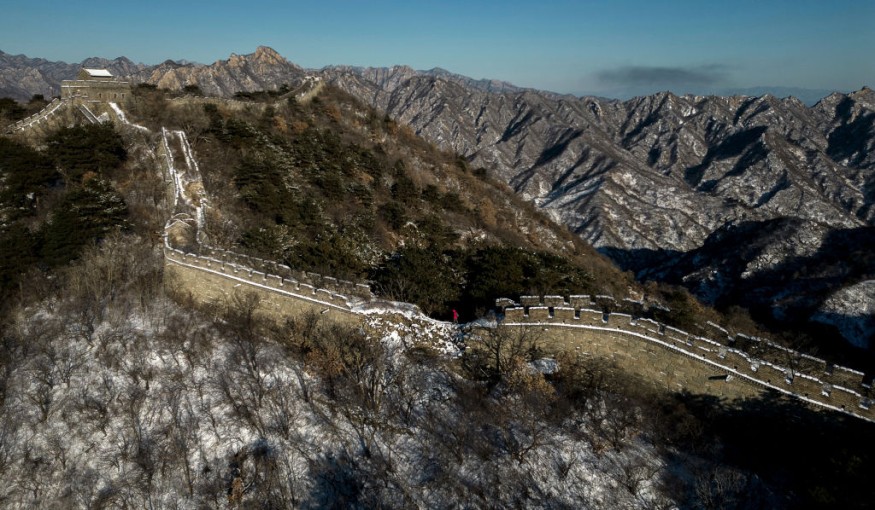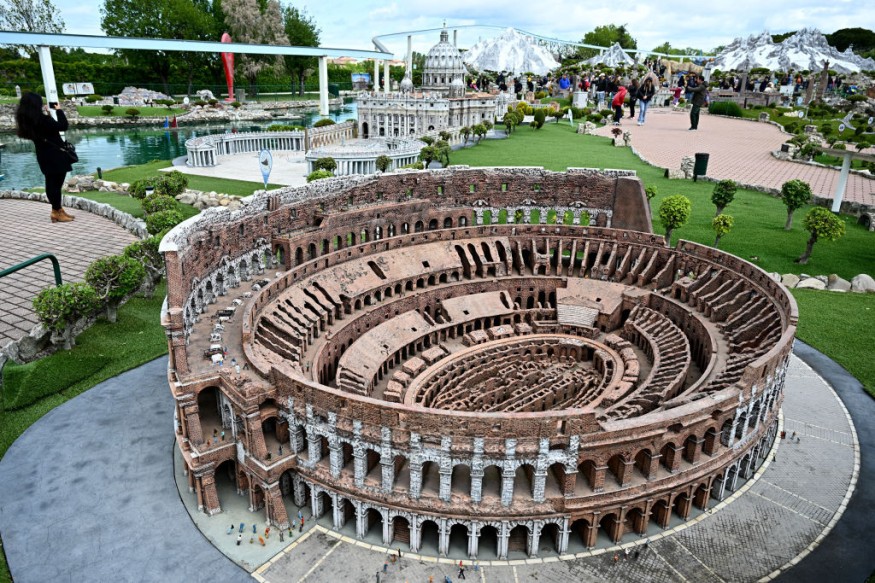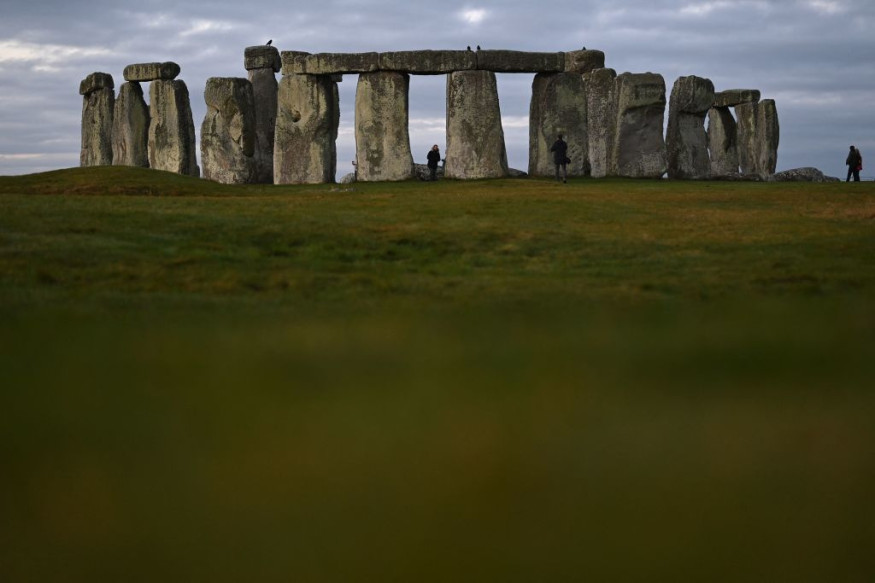10 Most Advanced Ancient Architecture in the World
Fast forward to the 21st century, the world continues to be captivated by some of the most advanced ancient architectural sites that still stand today.
Bartleby suggests that what makes these ancient architectures 'advanced' is not just their scale or beauty but the durability of their construction, often achieved without the modern tools and technologies we rely on today.
With the majority of these structures created by early civilizations like the Greeks, Romans, Egyptians, and Mesopotamians, these advanced ancient architecture sites demonstrate the sophisticated techniques of their time and offer a glimpse into the culture and values of the people who built them.
Also Read: Archaeologists Uncover Battle Site of Spartacus's Clash with Roman Army in Italian Forest
Top 10 Advanced Ancient Architectures
These top 10 most advanced ancient architecture were consolidated based on how each structures were designed and what it signifies based on its builder.
1. The Great Pyramid of Giza, Egypt

The Great Pyramid of Giza is not only the oldest but also one of the most intriguing of the Seven Wonders of the Ancient World. According to Reader's Digest, its perfect alignment with the cardinal points, with an accuracy of one-fifteenth of a degree, continues to puzzle experts.
The structure's eight sides, visible only during the equinoxes, and its role as an enormous sundial are often cited as evidence of the advanced astronomical knowledge of its builders.
Despite numerous theories, the exact methods used to construct this massive edifice remain a mystery, making it a mystery and a hotspot for curious visitors.
2. The Great Wall of China, China

Stretching over 21,000 km, the Great Wall of China is a testament to ancient engineering and military strategy. Contrary to popular belief, Popular Mechanics noted that it is not a single continuous wall but a series of interconnected walls built over 22 centuries by different Chinese dynasties.
The wall's construction, which required transporting and assembling massive quantities of stone and earth, was an immense feat, especially given the terrain it traverses.
Today, it remains an enduring symbol of China's historical strength.
3. The Colosseum, Italy

Despite suffering damage from earthquakes and stone robbers, the Colosseum in Rome remained an iconic symbol of ancient Roman architecture and engineering.
According to the National Geographic Society, this massive amphitheater is capable of seating up to 80,000 spectators and was constructed using a complex system of vaults and arches, allowing it to support enormous weights and accommodate large crowds.
Fun fact: The Colosseum's design influenced the construction of modern stadiums, mainly due to its ability to host different events-from gladiatorial games to public spectacles.
4. The Stonehenge, England

Built around 3000 B.C., the stonehenge consists of a ring of standing stones, each weighing up to 30 tons. A report from English Heritage stated that the arrangement of these stones, along with their precise alignment with the sun during solstices, suggests that Stonehenge was used for ceremonial or astronomical purposes.
The origin of the stones and the methods used to transport and erect them remain subjects of scholarly debate.
Fun fact: Stonehenge is often associated with Easter because of its alignment with solar events, particularly the summer and winter solstices. However, the connection to Easter specifically is more about modern celebrations rather than ancient practices.
5. The Taj Mahal, India

The Taj Mahal is not just a symbol of love but also a masterpiece of Mughal architecture, combining elements from Islamic, Persian, Ottoman Turkish, and Indian architectural styles
Commissioned by Emperor Shah Jahan between 1632 and 1653, it was constructed as a mausoleum for his beloved wife, Mumtaz Mahal. UNESCO World Heritage noted that the white marble structure features a large dome with inlay work, and four minarets, creating a symmetrical design that reflects the grandeur of Mughal artistry.
6. Parthenon, Greece

The Parthenon, perched on the Acropolis of Athens, Greece, is an example of ancient Greek architecture and a symbol of classical civilization.
Constructed between 447 and 432 B.C. under the leadership of the statesman Pericles, the Parthenon was dedicated to the goddess Athena, the patron deity of Athens.
Designed by architects Ictinus and Callicrates, the Parthenon is considered an advanced ancient architecture with Doric temple. It features a rectangular floor plan, a series of columns with intricate capitals, and a frieze that showcases mythological scenes and religious rituals.
7. The Ancient City of Petra, South Jordan

Petra, also known as the Rose City, is known for its rock-cut architecture and water conduit system. The city's most famous structure, Al-Khazneh, or The Treasury, is a temple carved directly into the sandstone cliffs.
What makes Petra an advanced ancient architecture is its hydraulic engineering, which included dams, cisterns, and water channels. According to the National Geographic Society, this allowed the city to thrive in the harsh desert environment.
8. Pont Du Gard, Roman Aqueducts, France

The Pont Du Gard is another prime example of the Romans' advanced ancient architecture.
.
This ancient aqueduct, constructed without mortar, showcases the Romans' ability to build large-scale structure. UNESCO World Heritage reported that the aqueduct, which provided water to the city of Nîmes, is composed of three tiers of arches and spans 274 meters in length.
9. Sacsayhuaman, Peru

Today, Sacsayhuaman is a citadel located on the outskirts of Cusco, Peru. But it's known for its massive stone walls, constructed with such precision that not even a blade of grass can fit between the stones.
World History Encyclopedia remarked that the interlocking of stones, some weighing over 200 tons, and the zigzag pattern of the walls, continue to baffle archaeologists and engineers. After all, the construction techniques used required an advanced understanding of masonry and seismic resistance, as the walls have survived numerous earthquakes over the centuries.
10. Persepolis, Iran

Persepolis, located in modern-day Iran, was the ceremonial capital of the Achaemenid Empire, founded by King Darius I around 518 B.C.
This advanced ancient architecture site's most notable feature is the Apadana Palace, a massive audience hall with 72 columns, each carved and standing over 60 feet tall.
According to UNESCO World Heritage, the construction of Persepolis involved skilled artisans from various parts of the empire, resulting in a blend of architectural styles and influences that made the city a masterpiece of its time.
Fun fact: The city's reliefs and inscriptions depict scenes of tribute-bearing delegations from across the empire and were used for massive events such as the celebration of Nowruz, the Persian New Year.
These advanced ancient architecture sutes, with aligned structures with celestial events, natural materials innovatively, or built-in monumental edifices, have stood the test of time and remains largely a mystery to modern humans. While these sites are now popular tourist attractions, they were once cultural centers where ancient civilizations showcased and exercised their power.













